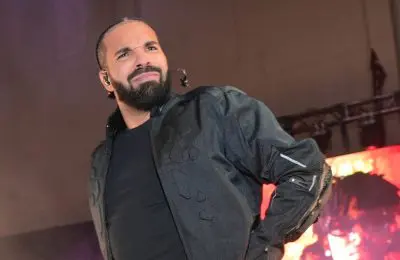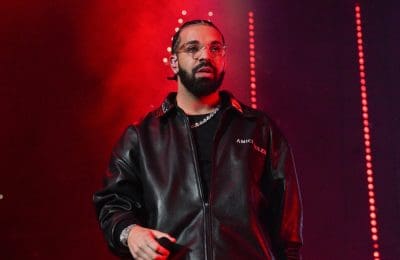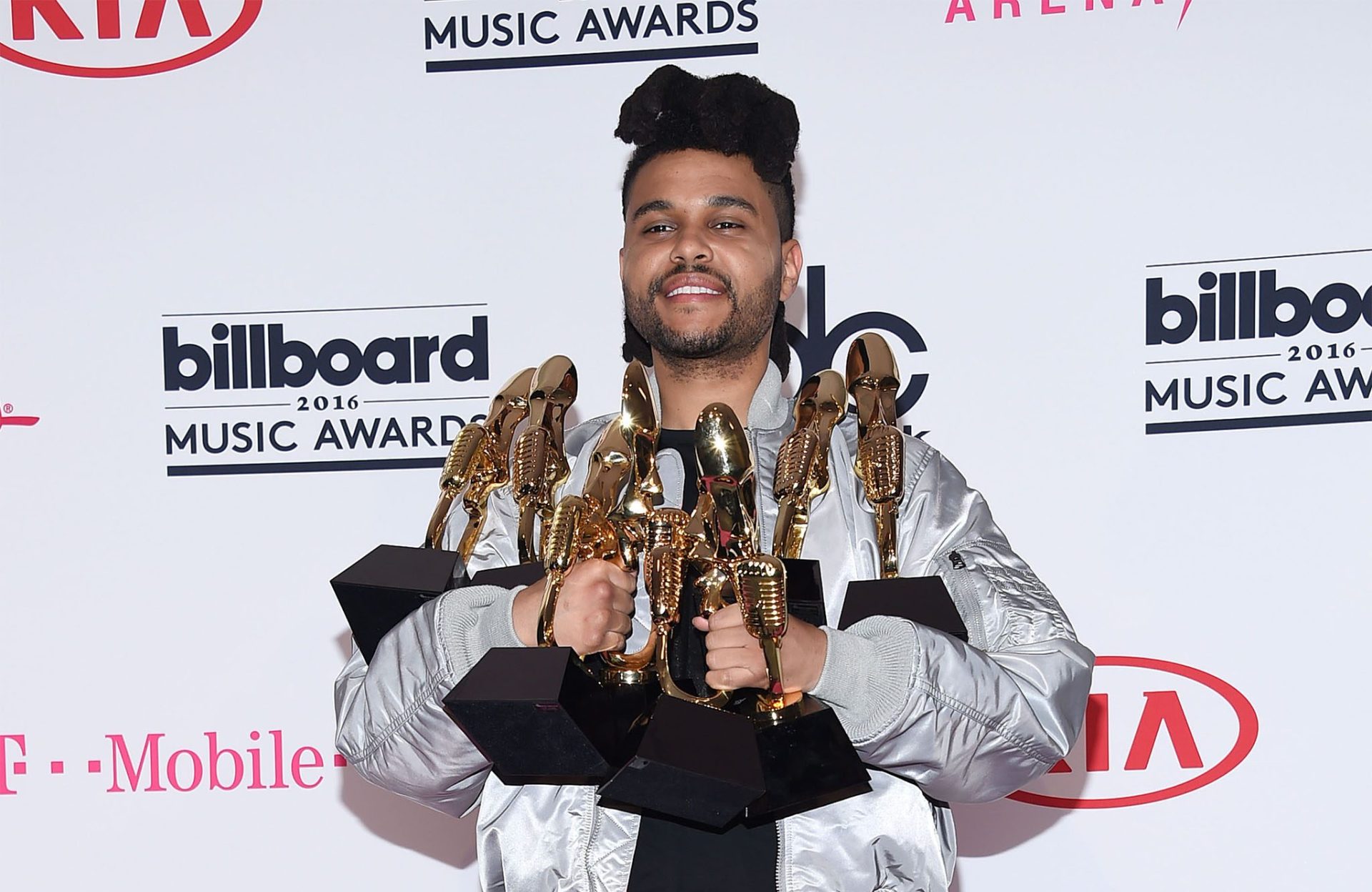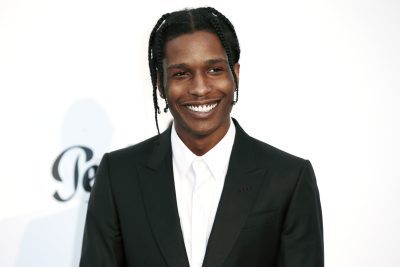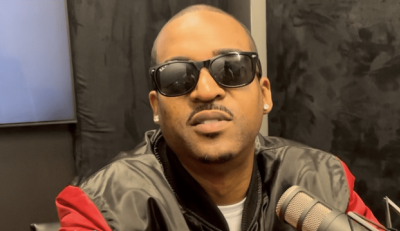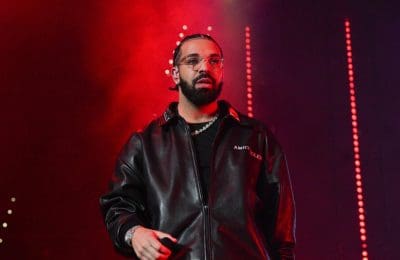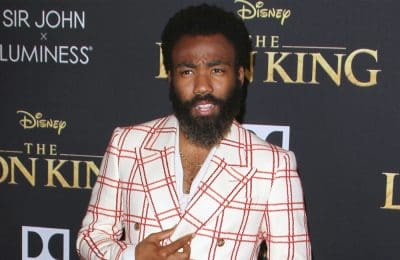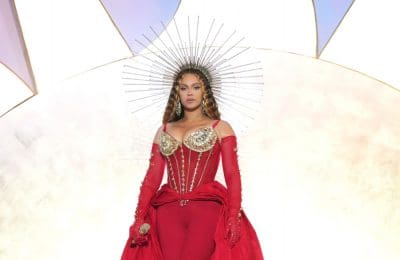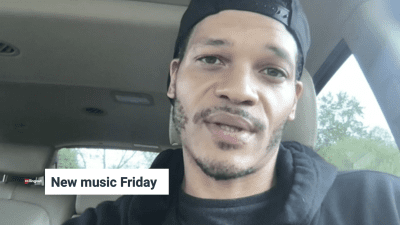[jwplatform Vu6Cdu4c]
What time zone are you in, where are you in the world?
I’m in Los Angeles, California, in the Valley, and I just left the gym.
You’re from Trinidad, how did you make your way to L.A.?
I was signed back in 1995 to Delicious Vinyl but I came to LA when I was 11 to sing in Star Search and perform at the Hollywood Palladium. I decided to sing my first song “Too Young to Soca” I had the opportunity to choose either “Just the Two of Us” or sing something soca. By the next time I came to LA, I was signed to Delicious Vinyl with a song called “Come Dig It,” which was my version of blending soca with dance and reggae music and we had a successful single. It had a couple No. 1 spots at BET, MTV and other dance charts. I knew L.A. and after I achieved so much in Trinidad, I decided that I wanted to take soca music to the corners of the globe. So 10 years ago I moved to L.A., but I did it while I was on the road so I was on the road for five of those 10 years. I was coming back and forth familiarizing myself with the music scene because I felt there were a lot of writers and producers that I could work with to help take soca music further.
Can you describe for the people who do not know, what soca music is?
Soca music is the transcended version of calypso music. Calypso music was made popular worldwide [by] people like The Mighty Sparrow, The Lord Kitchener and on a more international level, Harry Belafonte, who was the first to ever go gold or platinum in the world with his album titled Calypso. One day a calypso artist by the name of Ras Shorty I, he decided to put the soul back into calypso by fusing the African rhythm of the calypso beat and the indian rhythm of east Indian music that was present in Trinidad. So he formed this music called soca “the soul of calypso.” Soca grew to become more popular and vibrant and appearing to younger people but to me soca music is considered the sound of the Caribbean. Reggae music was popularized by Bob Marley, soca is the sped [up] version of reggae/dancehall and it is synonyms with carnival celebrations, and in recent years, soca and dancehall have had an intimate relationship where a lot of dance soul and reggae artists are working alongside other soca artists like myself, I actually pushed a lot for this to happen. Back in 1997, working with people like Shaggy and Beenie Man this was my way of trying to expose soca to different genres using people like Wyclef, Doug E. Fresh trying to take it across the borders and across the corners the globe. What we see now coming out of the Caribbean is a lot of fusion between soca and dancehall, and more so there is a lot of soca influences being heard in pop music today. Like Justin Bieber’s “Sorry”; Drake’s “One Dance” a lot of songs at the top of the charts right now are heavily influenced by soca. I think soca music is basically an energetic, island sound.
You’ve traveled all over the world, which city or state appreciates soca music the most?
Some of the main hubs will definitely be New York City, Miami and Toronto. Drake actually has one more open date on his OVO Fest and he invited myself and Beanie Man to perform because of Toronto’s love of soca music and our soca following. I made my name is New York City because of the migration of so many West Indians to New York. Brooklyn was our hub, there were a lot of Downtown, underground Soca Fests and parties that would go on from 7 p.m. to 8 a.m. the next morning. We would come out in day light after sweating in a basement with soca music. I’ve sold out Madison Square Garden twice, so New York has been the place that has had a significant influence in soca’s presence worldwide.
When did you know that being an artist was your calling?
That would go back to be finding my purpose. I was taking music lessons and my mom told me I should join the choir, I said okay. Then she told me to sing in the school competition, I won the school competition, then they said I should sing in the national competition and I also won that. So I just became very popular as a young boy singing calypso and it just was fun with the older crowds and people who liked calypso. But I asked my mom where are my peers and the young people because I don’t see them in the audience raving and screaming. Then she took me to a night club, and the young people were listening to pop, hip-hop, dance, and reggae music, and artists like New Edition, and Bel Biv Devoe, and they were all performing at lip syncing. I saw these young girls screaming for these guys and when I went to go sing Calypso, I was booed. It was so devastating and it was then that I realized I was loved in the older community but the young people didn’t like their own music, and their own culture. I remember saying to myself at 11 years old do I switch to singing reggae and hip-hop or do I try to fix this? And somehow in my mind it was like, you have to fix this. So I then started blending Soca music with dance, reggae, and hip-hop. So while I was performing I would get them happy and happier then give them a little more Soca, then they would get fed up, then I would give them a little pop music. So I had to keep pouring hot and cold, hot and cold, figuring out how to get this music be loved by people this is when I realized this was my calling.
Do you play any instruments?
Let’s say I play the Japanese percussion, I taught myself to play the keyboard, I recently picked up guitar and the ukulele.
What artists besides Bel Biv Devoe influenced your approach to becoming a musician?I listened to a lot of Bob Marley coming up, I also sang a lot of Lionel Richie, even a little bit of Sade, with extreme amounts of Michael Jackson. Focusing on his greatness and his messages, like the way he would mix rock and pop with dance, his music transcended across all boundaries and borders.
How did the connection between you and Drake come about?
About two years ago I went to his OVO Fest and I was just hanging out backstage. The majority of my management team is Toronto based, I have a huge fan base in Toronto and I spend a lot of time there as well. One day we were at OVO, I was saying hi to Drake, Outkast was performing and he said to come the next day of the fest and do two songs. Toronto is such a small knit community, you have somebody like Drake who represents rap but there are so many Trini’s, Jamaicans, Guyanese and Bhajans all closely living there together, so he really knew the presence of Soca music and he knew that his fans would that crossroads of people, Canadians who come from all over the world living side by side. It was exciting for him to see my there and it was exciting to me for him to actually acknowledge and recognize my work and what I was doing. We also share mutual friends so it was just a matter of time. The opportunity was just there especially when songs like “Work” with Rihanna, “One Dance” and “Controlla” by Drake are so heavily influenced by Soca, it was just the coming of age of soca’s influence on the world.
If you had to choose one artist to collaborate with who would it be?
Definitely Rihanna, she’s from Barbados, she’s been doing phenomenal, I’m a big Drake fan and a big Rihanna fan. Beyoncé is on that list as well, these are the people that are really pioneers of music and crossing borders an boundaries and actually doing what I like doing which is taking my music and mixing it with something else and embracing other cultures and this way we are breaking barriers actually making the world smaller and bringing people together. Nicki Minaj is from Trinidad and is also someone I would like to work with, they all really bring exciting pieces to the world.

